Why Historic Masonry Buildings Are Falling into Ruin
In a few of our blog articles, in recent past articles, here on our website, we looked at a some examples of buildings that were literally being torn apart by plant growth through the inside of the brick-and-mortar parts of the exterior facade. These historic bricks and brick buildings simply need upkeep and maintenance if they’re intended to survive. The problem with these particular examples that we’ve shown though is that these buildings don’t have owners or parties interested in their survival. When a building is even partially managed or maintained, people can see some of the destruction as it’s beginning to happen and put a stop to it relatively early on.
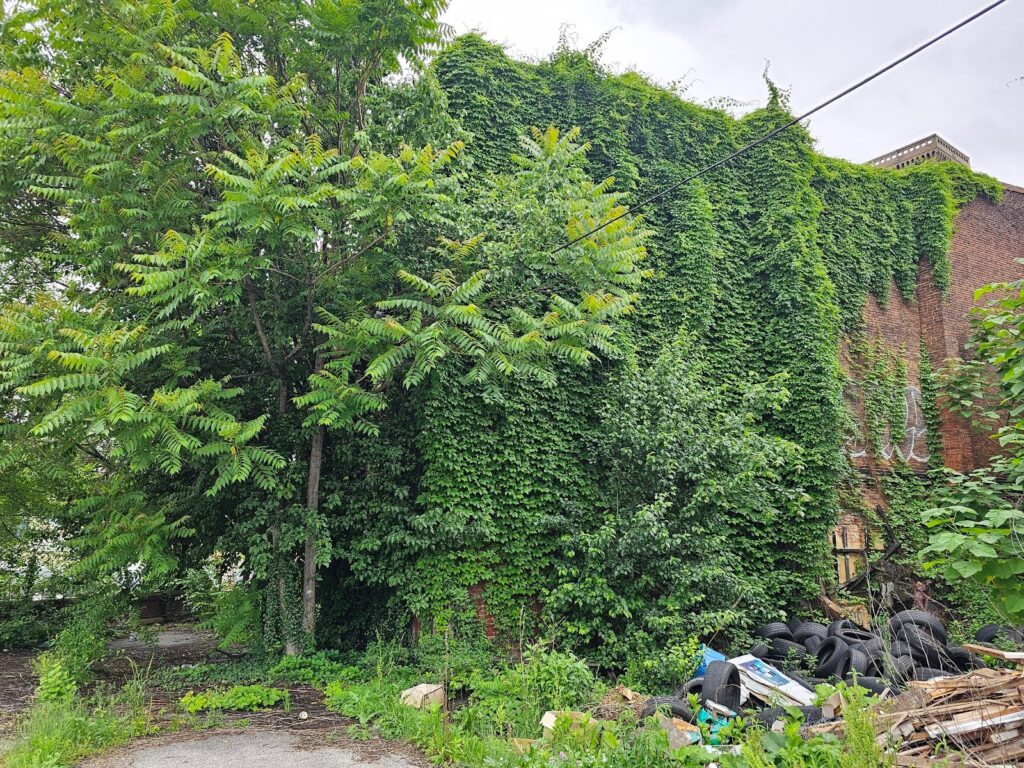
If a client or building owner actually cares about their building, from just a simple pragmatic investment perspective, they can have a company like ourselves come out and look through the conditions at the surface of the brick. We would find areas that need to be resealed, repointed, and repaired. Repointing is tedious and laborious work and therefore somewhat expensive, but it can save an extremely large amount of money when it comes to preventing the deterioration and destruction of brick building facades.
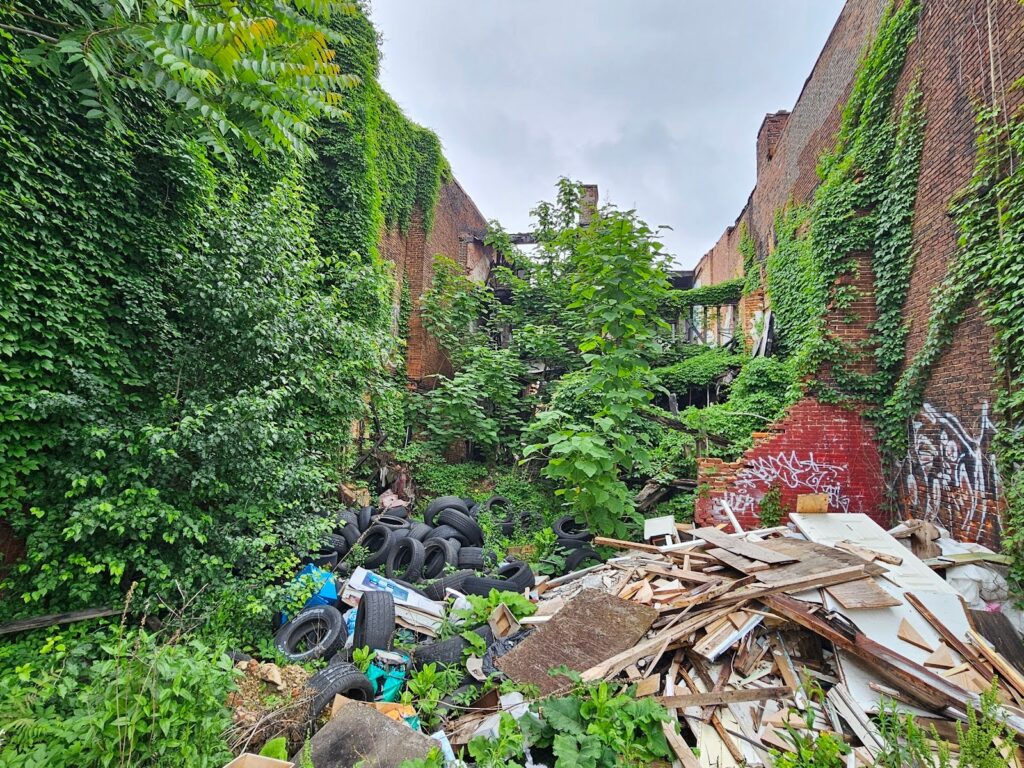
In fact, the actual comparison of costs isn’t even close. It’s simply much cheaper to keep a building maintained in a decent shape than to make repairs after catastrophic destabilization. Academic studies on building preservation literally teach this type of economic analysis in engineering and architecture courses. A simple chart illustrates the mathematical comparison below.
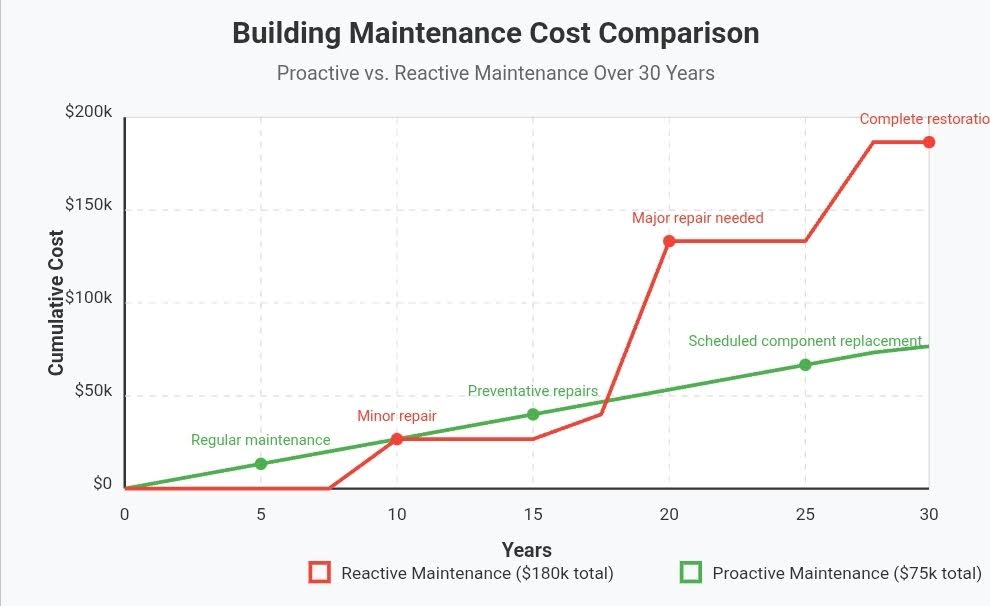
The chart above visually illustrates how proactive maintenance of building facades and components can be significantly more cost-effective than reactive approaches over time. We made this chart using a 30-year time scale. But regardless of the particular time scale shown here the same principles apply even in shorter and longer time periods. The only big difference is that as more time goes by, the difference increases at a nonlinear exponential rate. In other words, as time goes on it becomes more and more expensive to not maintain a building.
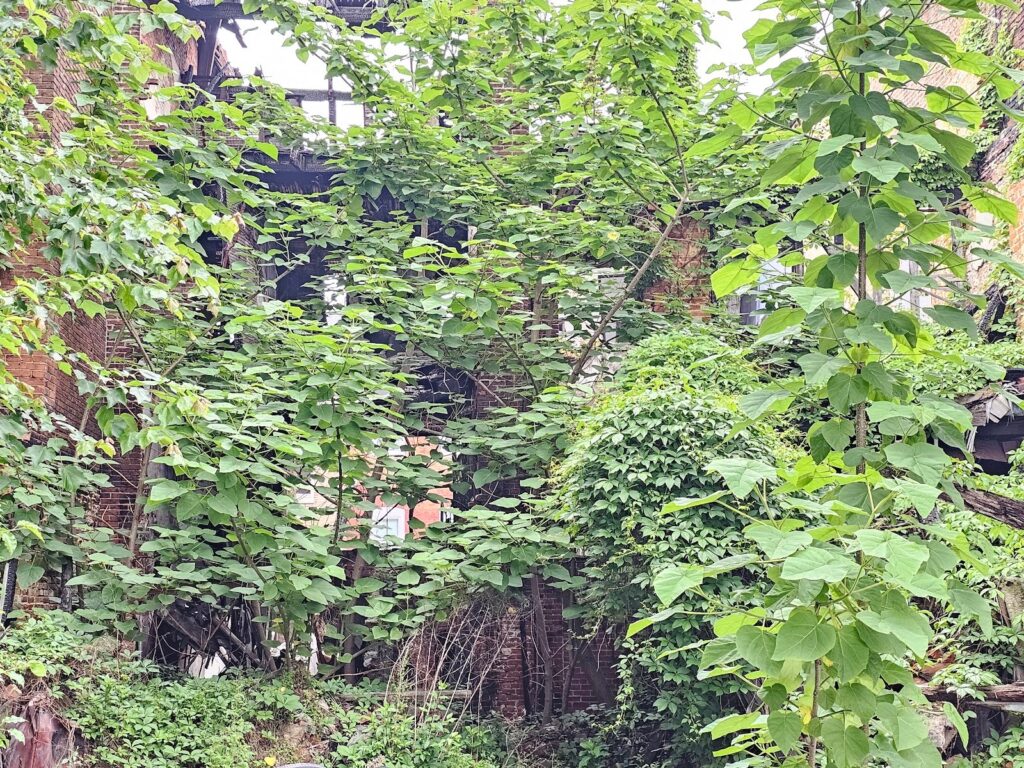
Some key takeaways from this chart and concept are that proactive approach (drawn with the green line) shows steady, planned and programmed, small investments over time gradually accumulating to only about $75,000 total over 30 years. Again, the particular time scale and cost scale are selected arbitrarily, but the numbers chosen here are not necessarily far off from what you might expect with a building here in Washington DC.
And the comparative relationship between these values and figures hold relatively consistent even when scaled, to a degree. The only additional factor that we think is important to mention is that with larger buildings, particularly where there’s low complexity, there will be an economy of scale that actually brings these numbers down on a unit basis. Ongoing consistent routine upkeep deters or limits major issues through regular maintenance cycles, and costs remain manageable and can be budgeted predictably.
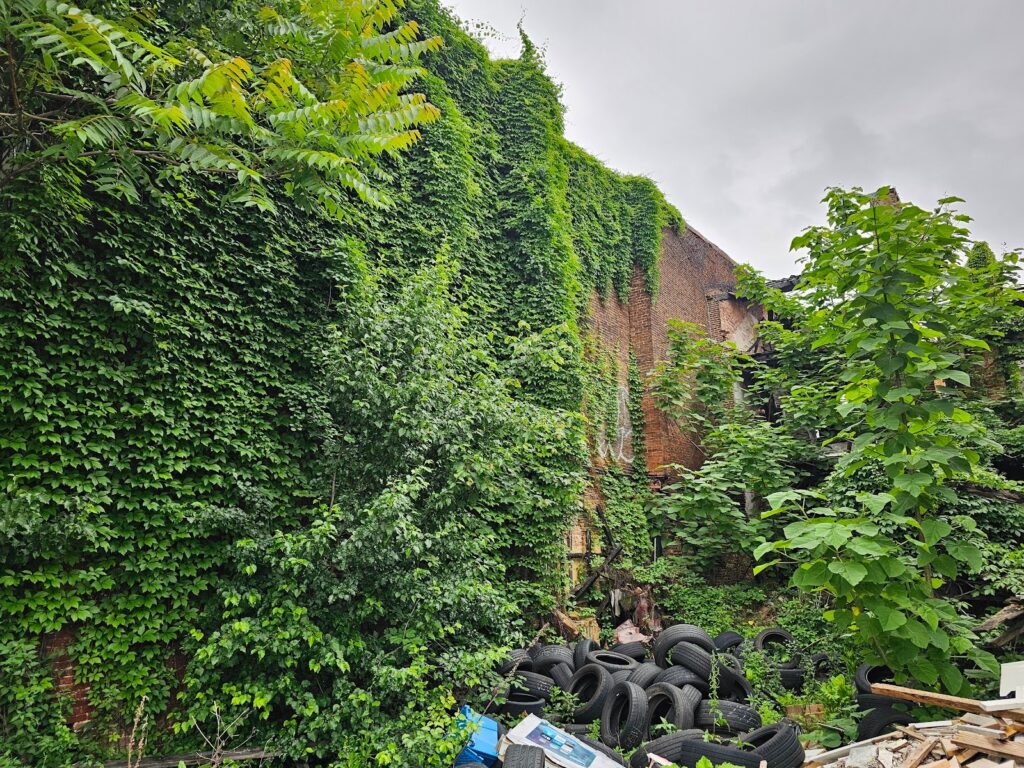
By comparison, a reactive approach (illustrated with the red line) is based on minimal spending and initially (appears cost-saving in early years). However, overtime this approach leads to increasingly expensive repair needs as problems compound. Naturally and consistently dramatic cost spikes will begin to occur when major repairs become unavoidable. Ultimately costs of the earlier neglected upkeep lead to more sever repairs, in this model of approximately $180,000 over the same period. (In this example, neglecting the building leads to costs that are 2.4x more expensive)
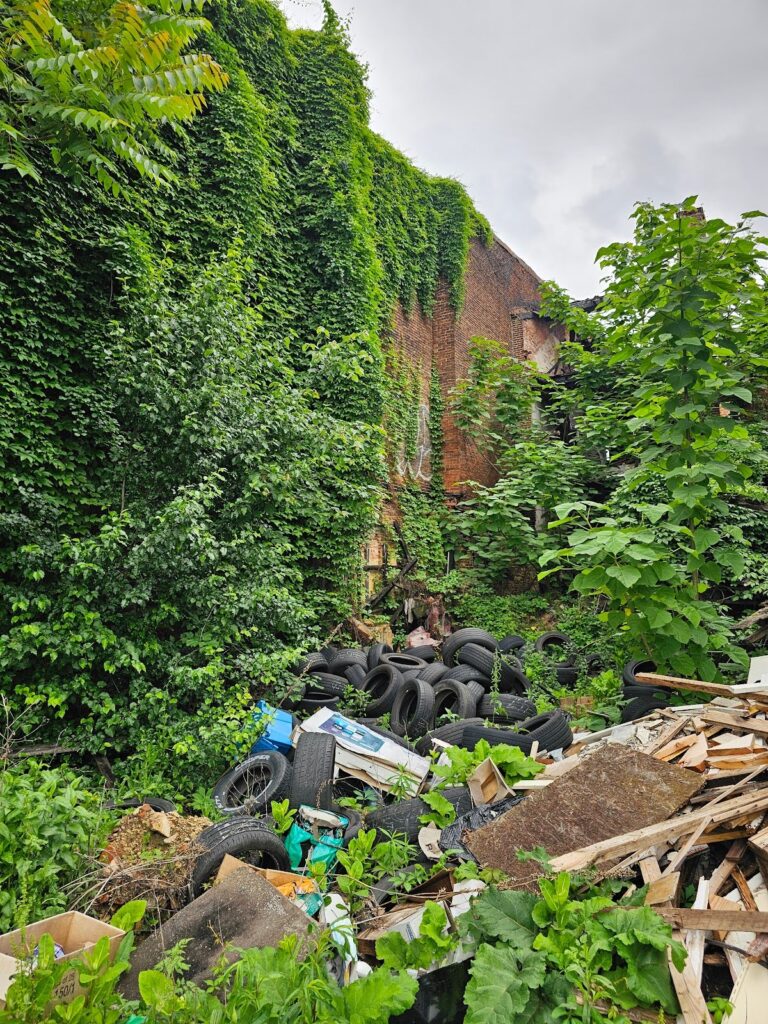
The financial implications should be clear, but as humans, we have a tendency to try to look for the cheap way out and defer problems until later. However in reality, we’re faced with a context of “pay now or pay more later” and this model illustrates that minor issues left unaddressed grow into structural failures requiring more expensive restoration. Being that our company focuses on making these type of repairs and doing the upkeep, we see this type of context play out on both sides, all the time.
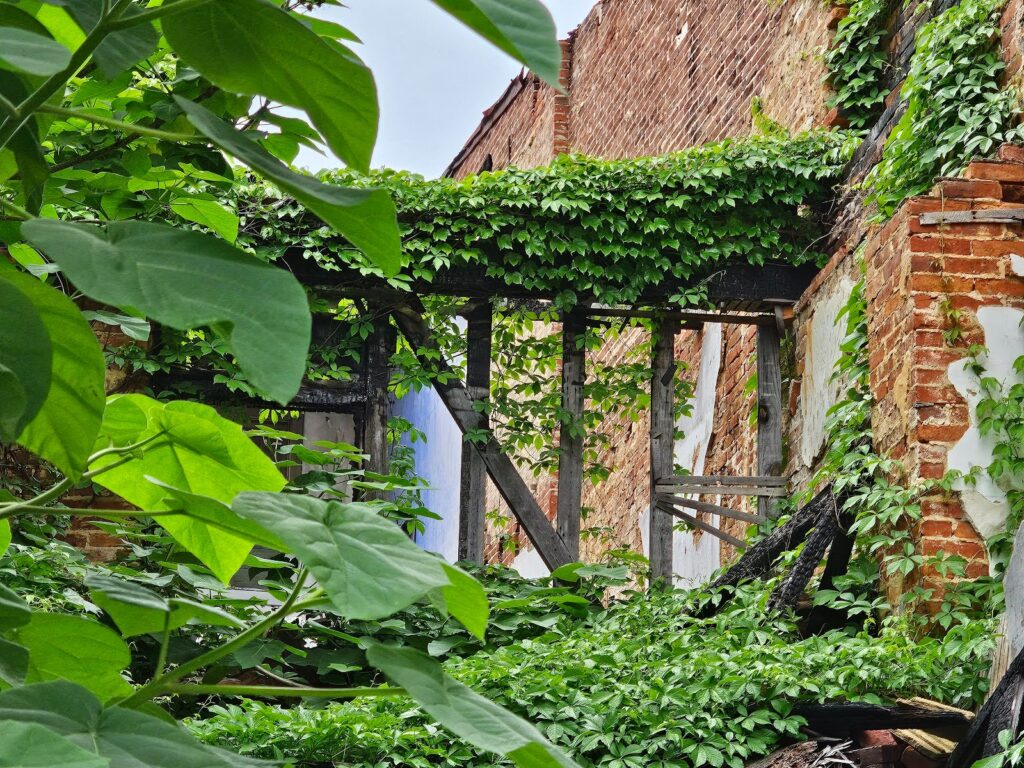
If it’s seems difficult to understand how the elements can break down and decompose a strong and heavy masonry building, over time, just go back and read some of our past articles on our website blog. We’ve looked at this issue from a few different perspectives including dissecting the chemical and structural elements and reactions that literally break apart buildings without upkeep and repair.
Historic lime mortar and historic bricks are softer and more susceptible to water entry and damage over time than the modern historic mortar and bricks, but the comparison between historic versus modern or contemporary is actually relatively small. Modern and contemporary buildings also break down and will deteriorate over time if they’re not properly maintained. In fact historic buildings have a degree of resiliency with increased permeability and slightly lower PSI design strength than contemporary buildings. So there’s a trade off and it’s not as simple as just saying that modern buildings are stronger.
Modern buildings are obviously newer, but that’s just the reality of the nature of being built more recently. So they have more time on the clock, then older buildings but it doesn’t mean that they won’t also break down over time.
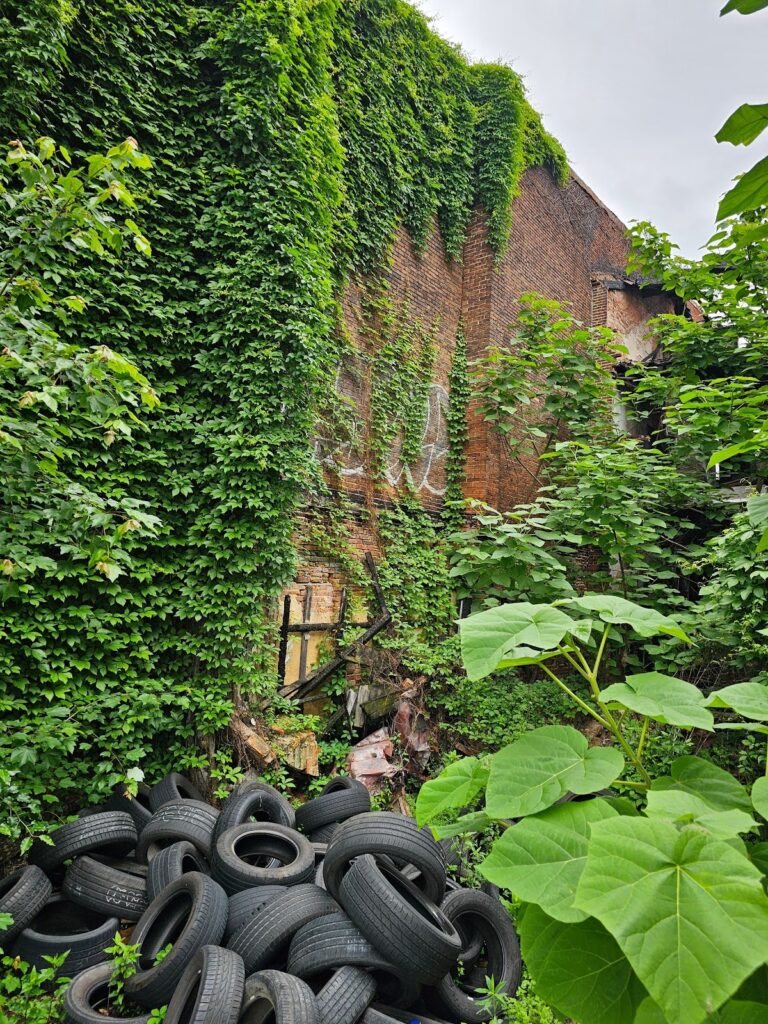
With more expensive labor rates here in the United States, compared to other countries abroad and compared to the United States adjusted for inflation and the weakening of our currency and the increase in disparity of wealth in the United states, although construction costs have increased, we’re actually building much cheaper buildings. It’s not easy to separate the real estate equation, but land has gotten more expensive yet buildings are worth a lesser value, when built today, than compared to historic buildings 120 years ago, in many cases.
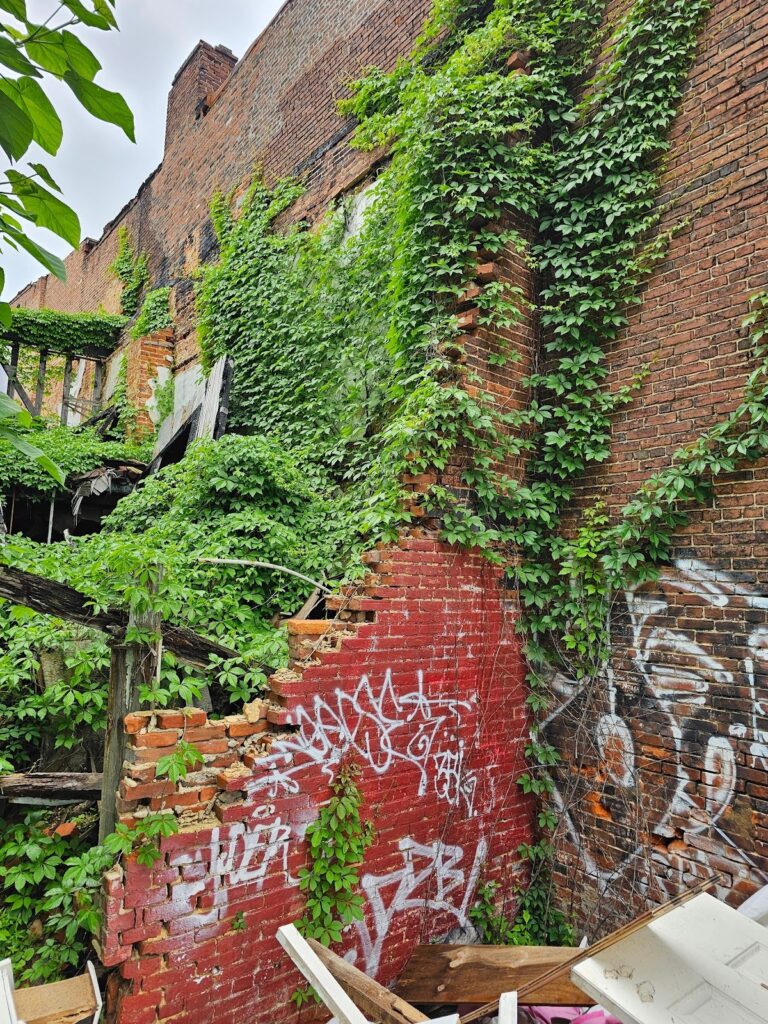
The picture below shows an example of the Paulownia tree, also known as the princess or empress tree. We so often find that this particular species is destroying abandoned or neglected masonry structures in Washington DC. It happens to be a prolific species that grows very quickly and causes considerable damage to masonry structures.
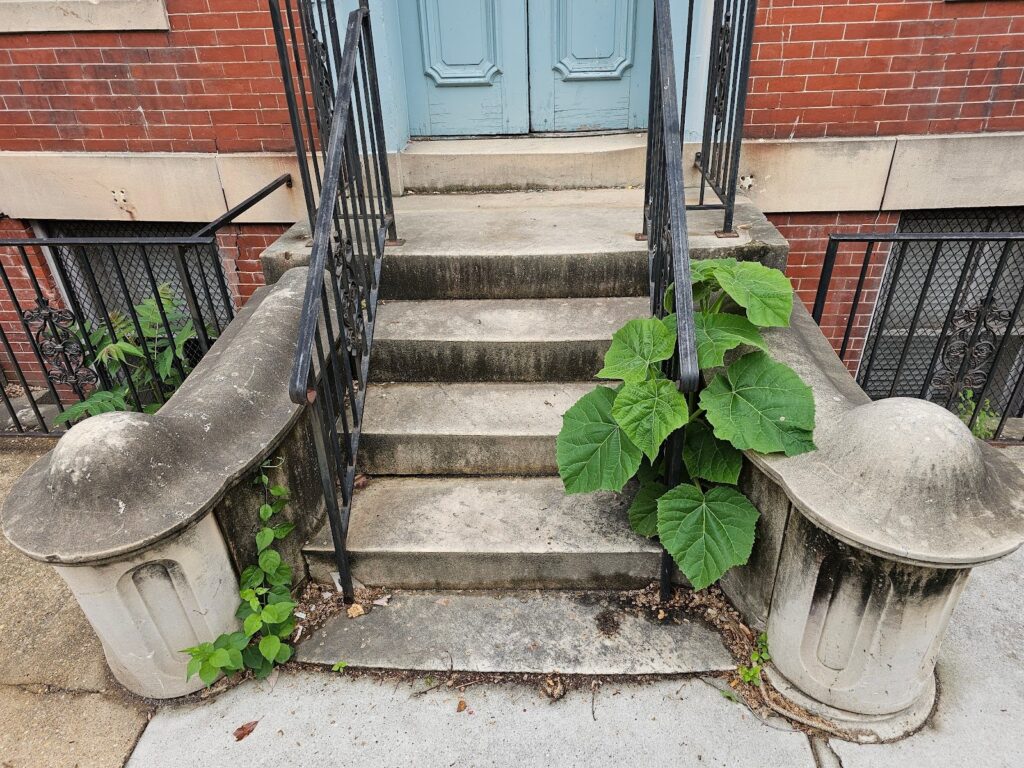
In the next picture below, you can see where the base of the tree trunk, although small, just a sapling, has wedged its way between a stair tread and a riser of a historic entry stoop.
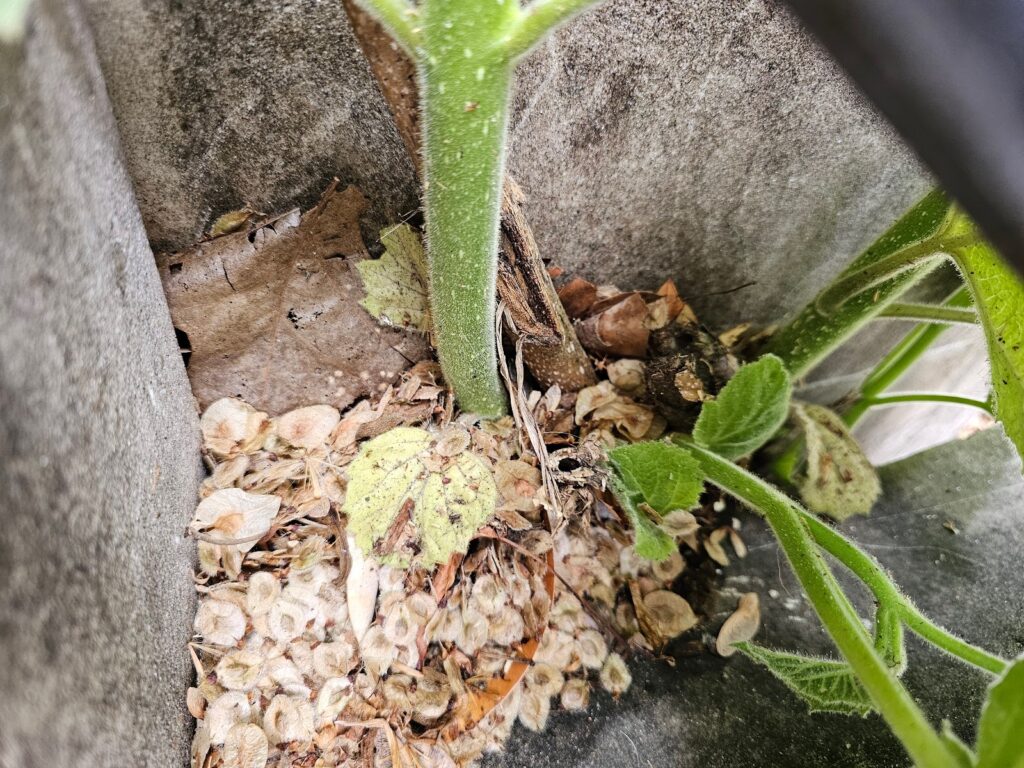
Without relatively prompt upkeep and repair this Paulownia tree will lead to the destruction of this historic stoop.
Our company, Dupont Tuckpointing and Masonry, specializes in masonry restoration, historic brick repointing, and tuckpointing services in the Washington D.C. area. These buildings are uniquely historic, and their preservation requires skilled masons who are technically trained in the best practices and knowledge of proper restoration techniques.
We understand the significance of maintaining the architectural integrity of these historic structures, and our team of experienced professionals is dedicated to delivering exceptional craftsmanship. Whether you require masonry restoration, tuckpointing, or brick repointing services, we are here to help.
At Dupont Tuckpointing and Masonry, we take pride in our work and strive to ensure that every project is executed with the utmost care and attention to detail. We are committed to preserving the rich heritage of Washington D.C.’s built environment for generations to come.
If you have any questions or needs regarding masonry restoration, historic brick repointing, or tuckpointing services, please do not hesitate to reach out to us. We would be delighted to assist you and provide you with the expertise and quality workmanship that your historic property deserves.
You can reach us by telephone at (202) 796-7644 and you can reach us by email from the contact form on our website at https://duponttuckpointingmasonrydc.com/contact-us/




